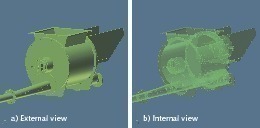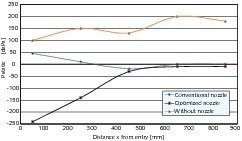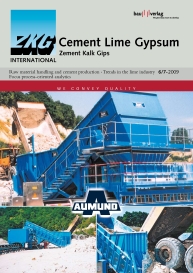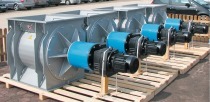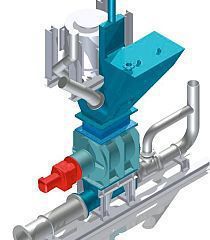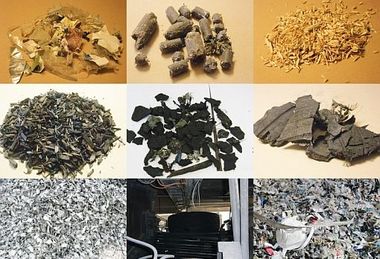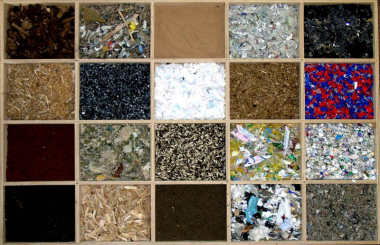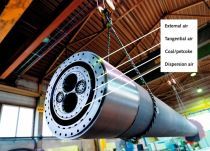Efficient injection of secondary fuels
Secondary fuels are being used with increasing frequency in the cement industry. However, the fact that they have significantly different properties from other bulk materials is often ignored, which means that many plant operators are still looking for efficient and reliable injection systems. Injector conveyors, blower shoes and blow-through feeders of every type are used for transferring secondary fuels into pneumatic conveying plants. However, practical experience has shown that individually these systems are of only limited suitability for secondary fuels.
The obvious course was therefore...

